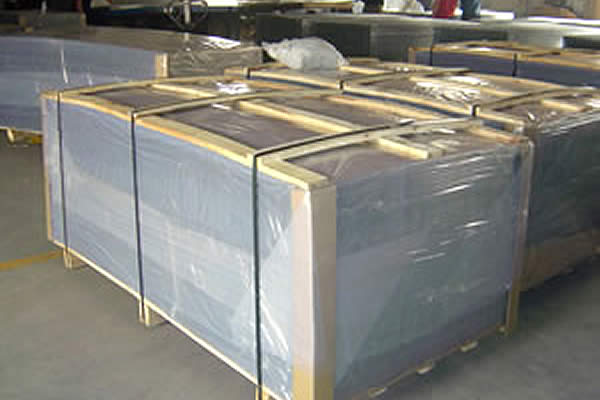 TEL:
+86-13102802206
TEL:
+86-13102802206
 Email:
fencenetting@china.com
Email:
fencenetting@china.com
 Language
Language
 TEL:
+86-13102802206
TEL:
+86-13102802206
 Email:
fencenetting@china.com
Email:
fencenetting@china.com
 Language
Language


Barbed Wire for Sale by the Foot A Practical Guide
Barbed wire has long been an essential material in agricultural, industrial, and security applications. Its primary function is to deter trespassers and secure perimeters, but its uses extend far beyond these basic applications. If you're considering purchasing barbed wire by the foot, understanding its benefits, types, installation tips, and maintenance can help you make an informed decision.
The Benefits of Barbed Wire
One of the greatest advantages of barbed wire is its affordability. When purchased by the foot, it offers a cost-effective solution for those who require specific lengths for fencing or security needs. Whether you're enclosing a large field, securing your backyard, or creating a boundary for livestock, buying by the foot ensures that you only get what you need, minimizing waste and saving money.
Barbed wire is also incredibly effective as a deterrent. Its sharp barbs create a physical barrier that is difficult and painful to cross. This makes it an ideal choice for farms, ranches, and properties where security is a major concern. Many homeowners use it in combination with other fencing materials for added security, making it a versatile option in various setups.
Types of Barbed Wire
When buying barbed wire, it's essential to choose the right type for your specific needs. There are various kinds of barbed wire available, each suited for different applications
1. Standard Barbed Wire This is the most common type and is typically composed of two strands of wire twisted together with barbs spaced along the wire. It’s ideal for general fencing and livestock confinement.
2. High-Tensile Barbed Wire Made from stronger steel, this type is designed to stretch and provides better durability and resistance to damage. This is a great option for larger properties where tension is necessary.
3. Baled Barbed Wire Often used for agricultural purposes, this type is sold in rolls and can be quickly deployed over large distances. It's useful for farmers needing to re-fence areas frequently.

4. Electric Barbed Wire Combining traditional barbed wire with electric fencing technology, this option adds an extra layer of security. It delivers a shock when touched, making it an effective deterrent for both animals and intruders.
Installation Tips
Installing barbed wire can be a straightforward process if you follow specific guidelines. First, ensure safety gear is worn to avoid injuries from the sharp barbs. Post spacing plays a crucial role—typically, posts should be spaced between 10-15 feet apart, depending on the terrain and type of wire used.
To begin, set your corner and end posts securely in the ground, ensuring they are straight and adequately anchored. Once the posts are in place, start unrolling the barbed wire from one end to the other. Secure the wire to each post using wire staples or binding wire to avoid sagging.
As you tighten the wire, ensure it is uniformly tight to maintain an effective barrier. Lastly, finish the installation by capping the ends of the wire to prevent injuries.
Maintenance and Care
To extend the life of your barbed wire fence, regular maintenance is essential. Periodically check for rust, weakness, or sagging sections, and repair or replace damaged areas promptly. Over time, barbed wire can be affected by the elements, so ensuring proper tension and re-coating with protective paint can fend off corrosion.
Conclusion
Buying barbed wire by the foot offers a tailored approach to your fencing needs and ensures you only pay for what you need. With its affordability, effectiveness, and variety of options, barbed wire is an ideal solution for many different applications, from agricultural to security uses. By understanding the types available, following the proper installation techniques, and committing to regular maintenance, you can create a reliable and long-lasting barrier for your property. Whether you're a homeowner, farmer, or in need of security solutions, barbed wire can provide the functionality and protection you require.